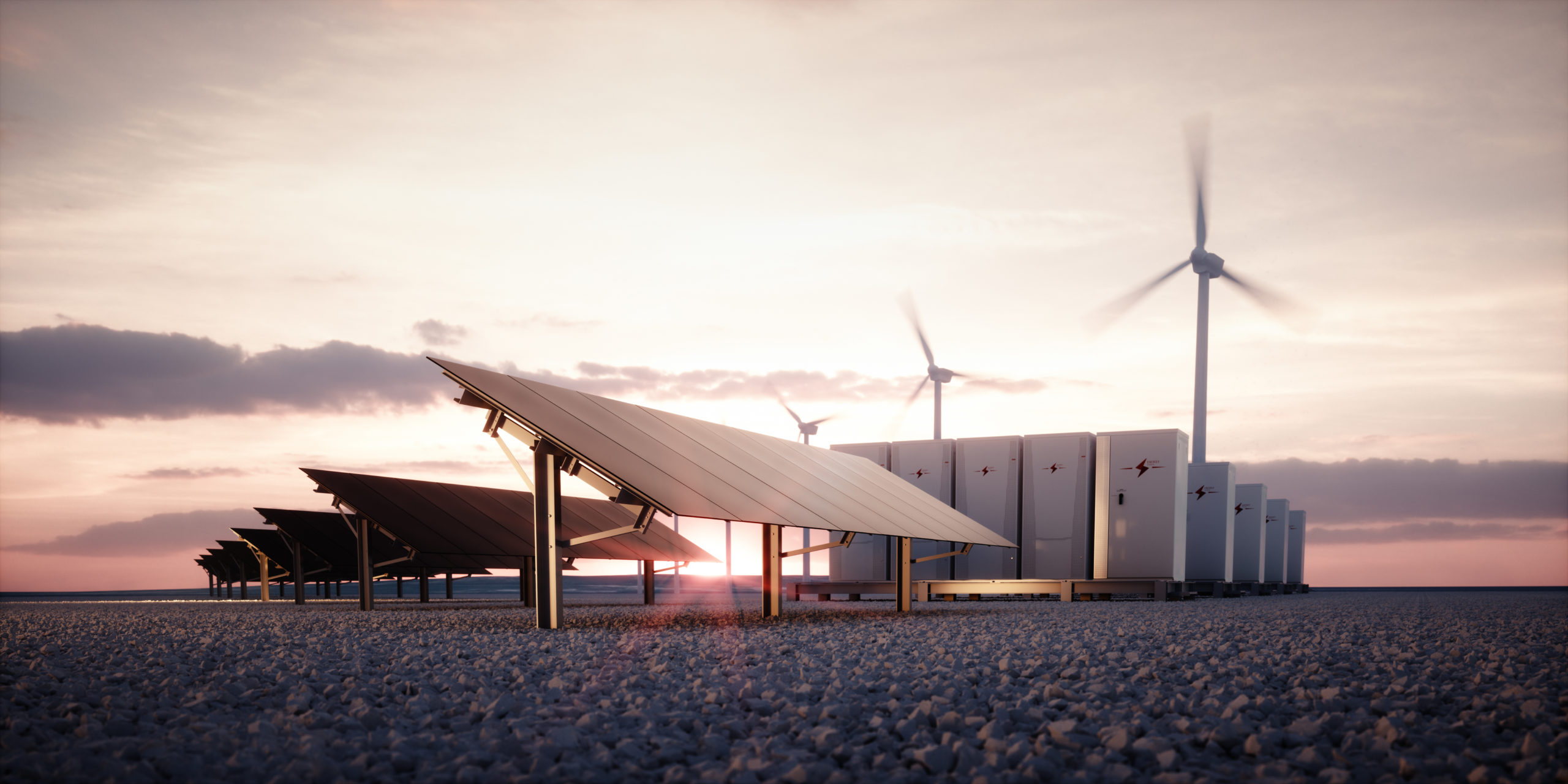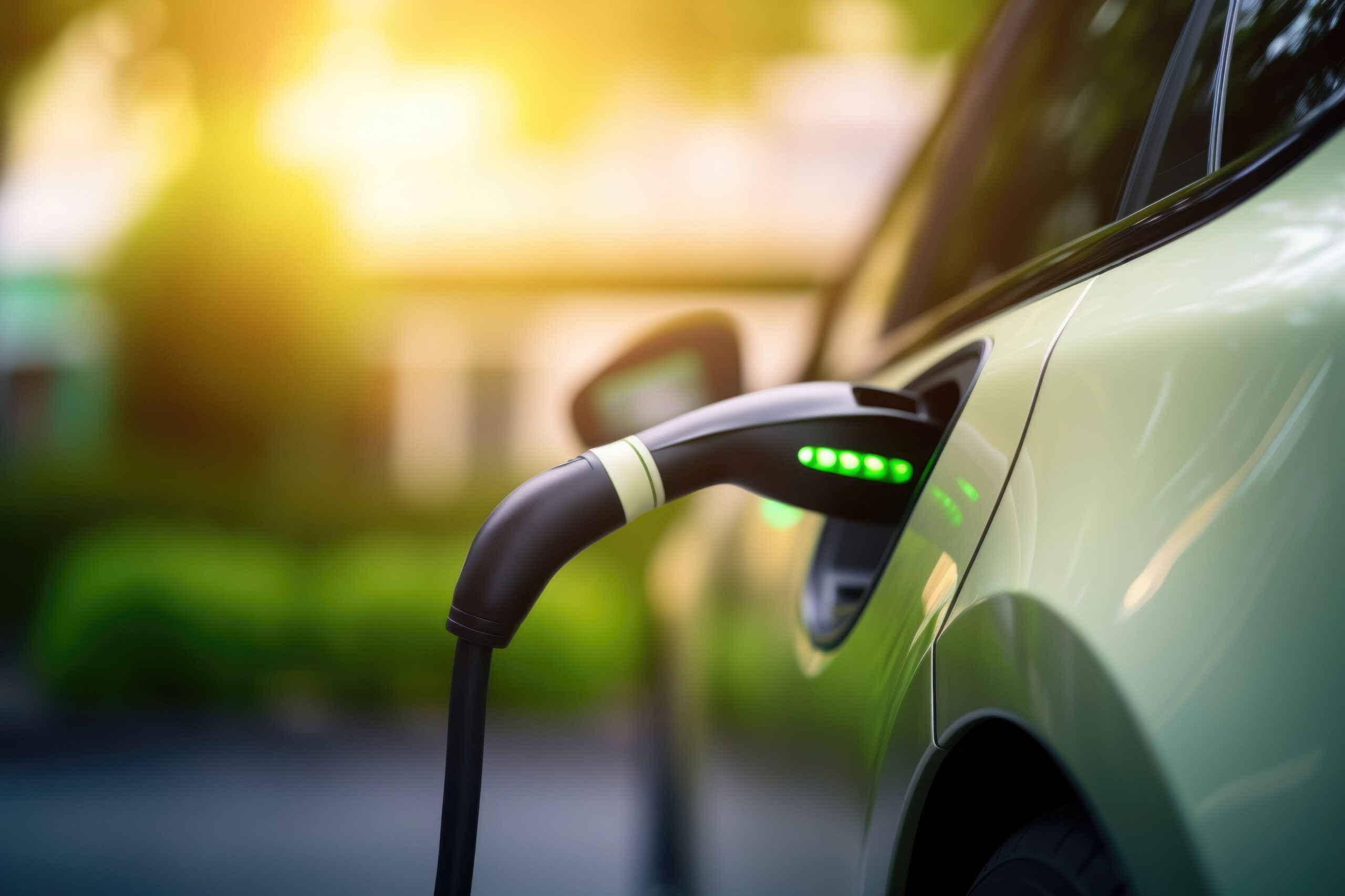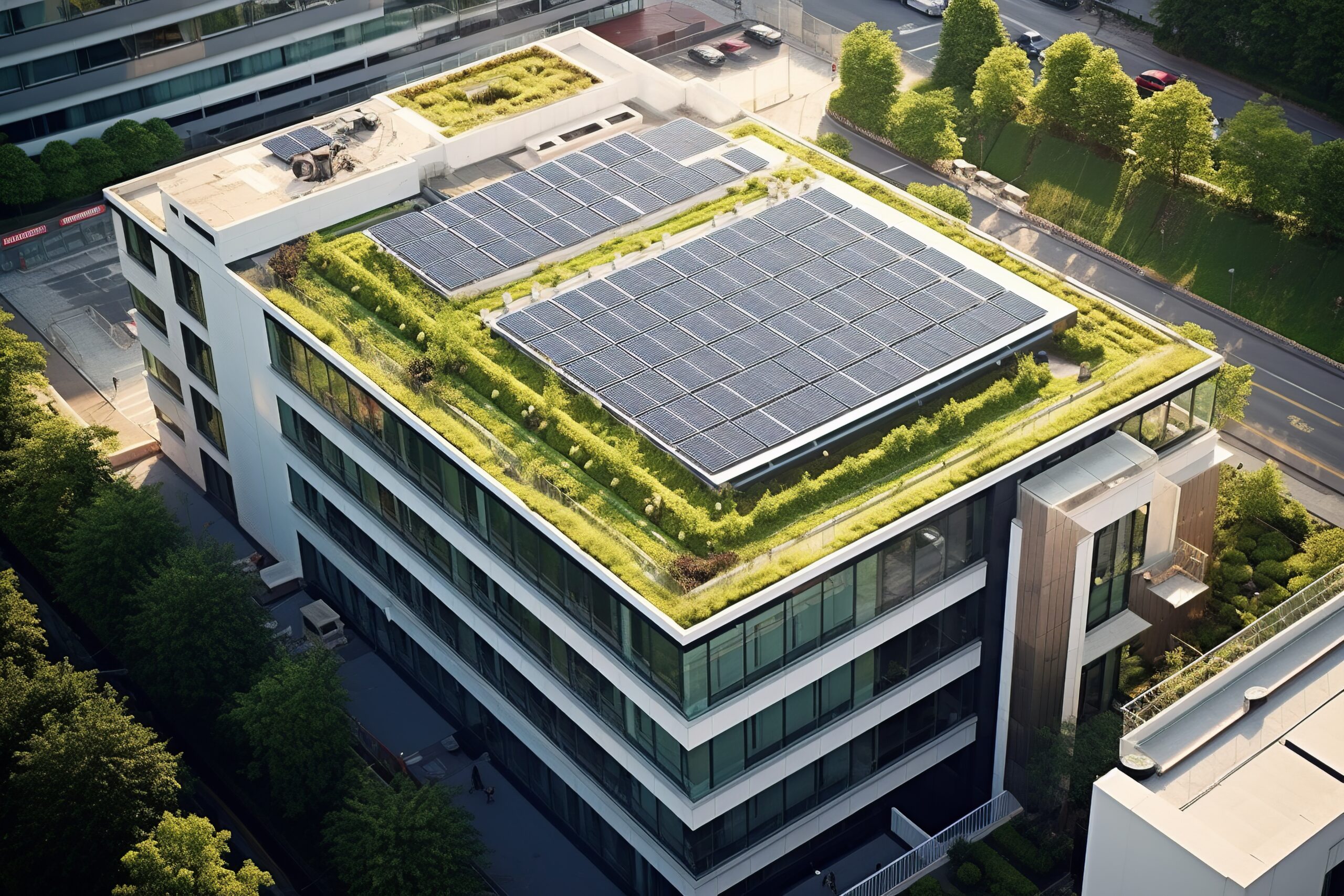
Energy storage: what innovations for the development of renewable energies?
In today’s global context of energy transition, renewable energies represent a sustainable alternative to the main emitters of CO2 that are fossil fuels (coal, oil, gas). As part of its Energy and Climate Plan, the European Union has set ambitious renewable energy development targets for its member countries. In addition to improving energy efficiency, the EU wishes to increase the share of renewable energy to at least 30% of the energy mix by 2030[1]. Following the example of Paris, some have gone even further, setting the target at 50%, and then 100% by 2050.
Photovoltaic, wind, hydro, biomass or geothermal are both plural and inexhaustible renewable energy sources, but they are also “intermittent” because of their dependence on weather conditions. This constraint on their wider development requires adequate storage infrastructures to ensure a constant supply of electricity, regardless of the time or season. In order to meet these challenges, the energy transition can now count on an increase in innovation in order to maximize and optimize the use of renewable energies.
What storage methods to promote the development of renewable energies?
To address the problems of variability in electricity production and the inherent intermittence of renewable energies, storage offers both security and flexibility to the power grids. Using various storage methods makes it possible to stabilize supply, stockpile and redistribute energy.
Historically, the lead-acid battery was the first to be used for this purpose: economical to produce and easily recyclable, it is nevertheless harmful to the environment in the long term. Today, Lithium-Ion batteries are the most mature solution for short-term storage and for domestic use (electric vehicle, private home). However, the process of extracting the lithium used to manufacture them is particularly polluting, since it requires about 2 billion liters of water per ton of lithium[2].
Other innovative alternatives are being developed to meet the growing need for sustainable energy storage: Power-To-Gas, salt or even rhubarb[3] batteries are now emerging.
What solutions for tomorrow?
One of the most promising solutions is Power-To-Gas, which transforms surplus renewable electricity into green hydrogen and/or synthetic methane. This transformation by water electrolysis allows the obtained gas to be re-injected in existing natural gas infrastructures, without requiring the construction of new dedicated facilities In France, two Power-to-Gas demonstrators have been inaugurated near Dunkirk and Fos-sur-Mer to assess the potential of this solution for the energy transition.
Also, other more surprising innovations have appeared for the storage of renewable energies. More powerful and less polluting, the sodium-ion battery uses salt as an alternative to lithium, even though it has a lower storage density. Fruit residues, such as rhubarb, can also be used as a less polluting raw material.
Ultimately, energy storage is a real field of innovation, necessary to increase the share of renewable energy in the energy mix and to achieve the goals set by the EU. According to the latest estimations, the battery market could be worth 250 billion euros by 2025[4]. A necessary step toward a global ecological transition.
[1] https://www.ecologique-solidaire.gouv.fr/cadre-europeen-energie-climat#e4
[2] https://www.enviro2b.com/2019/01/09/le-cout-environment-ofourbattery dependance-aux-batteries-au-lithium/
[3] https://www.franceinter.fr/emissions/secrets-d-info/secrets-d-info-07-octobre-2017
[4] https://www.lemonde.fr/economie/article/2019/06/23/batteries-electriques-l-europe-sonne-la-charge_5480387_3234.html

